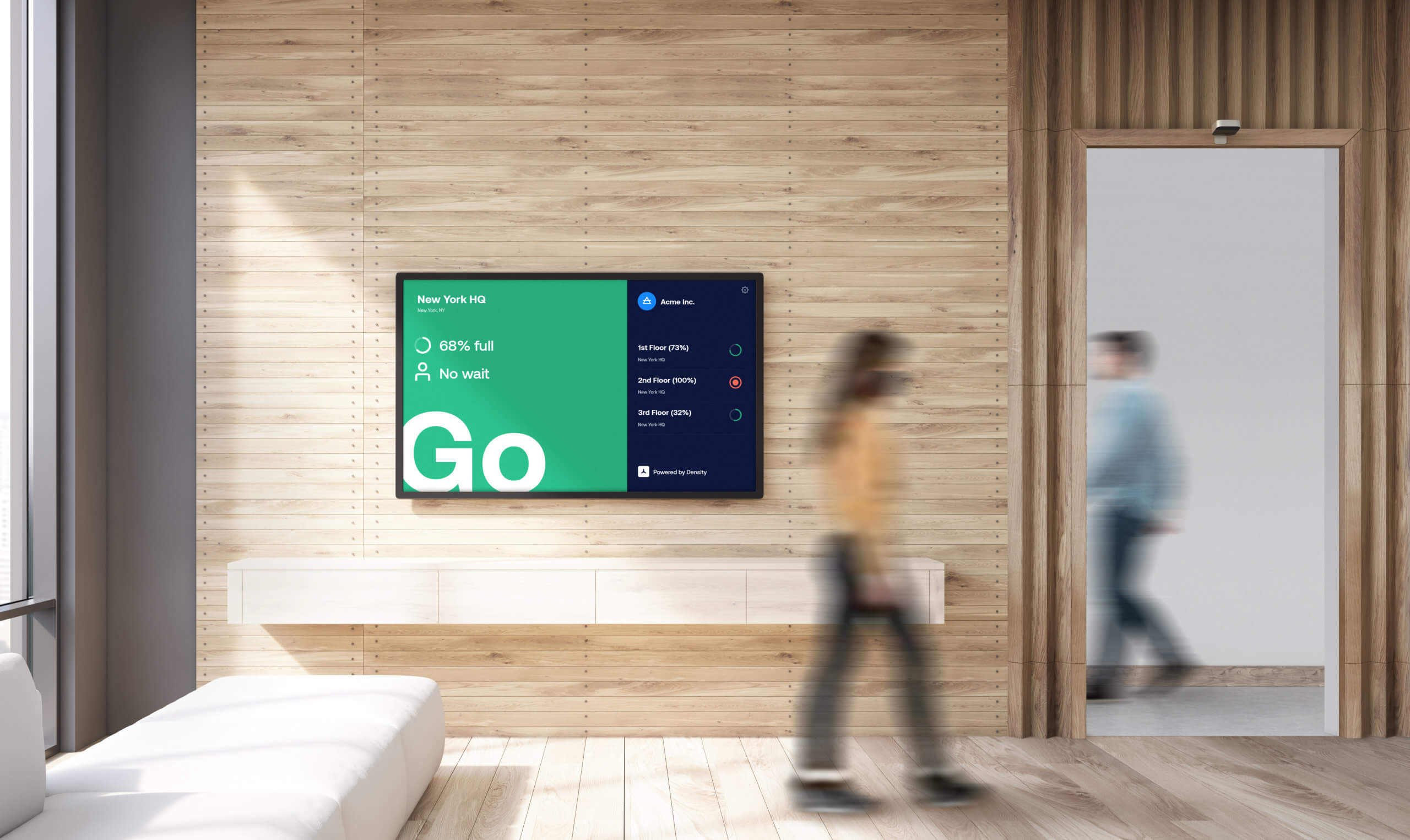Companies benefit when employees feel psychologically safe to come to work. Studies show productivity increases, morale is boosted, and turnover is reduced.
The differences between psychologically safe and unsafe workplaces are stark, and much of it hinges on the type and quality of managers, based on research conducted by the Predictive Index.
- A good manager makes their direct reports feel 96% more confident approaching them with challenging issues or problems, while a bad manager only inspires such forthrightness from their direct reports 43% of the time
- Good managers frustrate their direct reports only 10% of the time, compared to 80% for managers who don’t inspire psychological safety.
Such subtle sabotage from the top can lead to disaffected, unproductive, and marginalized team members — many of whom will actively plan to leave for greener pastures.
Unsurprisingly, the pandemic aggravated these challenges. The rise of remote working, employment uncertainty, unclear promotion paths, tumbling revenue, and social justice movements around race and gender have all made it harder for employees to feel safe at work, learn new skills, and be maximally productive.
There has never been a greater need to restore balance to the workplace. Below are three ways to make your workplace feel psychologically safe for your employees.
Democratize
In an environment where many of the usual rules around office visibility and ‘presence’ no longer apply, leading by example is crucial to fostering an environment where employees feel safe to do their best work from wherever they choose.
Easier said than done, we realize. But tech can help (if your budget allows). High-fidelity webcams, HD monitors, mechanical keyboards, and ergonomic office chairs can demonstrate how your company believes that the home is an extension of the office.
“Our homes are now part of our workplaces.” — Devorah Rosner, Senior Manager of Global Workforce Operations at Twilio.
One company that does this well is PostHog, which has published a detailed company spending policy with equipment recommendations for all its employees.
Paying for coworking spaces can also help. Home isn’t the ideal setting for many people. They come to the office to focus.
But what about those who can’t come to the office or those who want an alternative option? A $200 monthly allowance for coworking space can go a long way toward helping people get their best work done away from noisy settings and persistent Wi-Fi issues.
You can improve FOMO (fear of missing out) with regular team check-ins. Ensure everyone joins (whether they’re working from home, a coworking space, or the office).
These sessions can (and at times should) be non-work-related, giving employees a chance to catch up with each other and share their current life events. Thirty-minute coffee chats every Friday evening can go a long way toward building camaraderie and reducing stress levels after grueling workweeks. Paying for meals through services like UberEats helps democratize the experience for your office and remote employees.
Language
No matter how well-intentioned you are, it’s highly likely you still use gendered language, like when referring to how much manpower a project will need, how many man-hours it’ll take, and who will man the company booth at the upcoming trade show.
These words may seem innocuous. But they can impact how women and non-binary individuals feel in the workplace.
Consider the following:
- 20% of non-binary employees believe they’ve lost a job because of their identity
- There tend to be fewer women in the workforce in geographical regions where people speak gendered languages
But how can you create more inclusive spaces through language?
One way is by revamping job descriptions across the board. The use of words like ‘ambitious,’ ‘leader,’ ‘challenging,’ and ‘aggressive’ could put off some highly qualified candidates.
Instead, use neutral words such as ‘understanding,’ ‘co-operative,’ ‘honest,’ and ‘dependable’ to improve the diversity of your talent pool.
Be consistent with proper pronouns. Female-identifying individuals might go by ‘she/her,’ for example. In contrast, male-identifying individuals might go by ‘he/him’ and non-binary individuals by ‘they/them.’
Your HR team can play a significant role by adding pronoun fields to internal forms and online job applications.
Lastly, be mindful of the language used in internal comms channels like email and Slack. Change greetings from ‘Hey guys’ to ‘Hello everyone’ to make space for people who identify differently. Announcements can also eschew ‘Ladies and gentlemen’ in favor of ‘Good evening, folks.’
As with most initiatives, these changes must start from the top, with C-suite leaders modeling the kind of inclusive behavior they’d like to see.
Physical space
Better structural planning can lead to more inclusive spaces. One example is renting out office space as an intermittent meeting place for employees.
These workspaces can have a mix of open spaces and closed rooms to enable both collaboration and deep work, including meeting rooms, work nooks, and individual offices.
Build gender-neutral bathrooms as well. Beyond just accommodating (and thereby reducing discrimination against) trans and non-binary individuals in the workplace, gender-neutral bathrooms have been proven to reduce wait times across the board and cut overhead costs (7).
An increasing number of states and cities in the US and UK have either embraced gender-neutral bathrooms legislatively or are planning to enshrine laws for trans and non-binary people regarding bathrooms.
Adapt
An important part of any widespread change is the monitoring and evaluation of these changes. That way, you can identify what’s working and correct what’s not.
Data is at the core of this.
Quantitative data (from occupancy sensors, for example) can be incredibly powerful. But it’s equally important to augment this data with qualitative data, such as staff polling and surveys. Find out, firsthand, what employees prioritize when it comes to the workplace—and why. Then A-B test, iterate and adapt based on your findings.
Workplace design should always be a two-way conversation, and a dual approach to data collection ensures a continuously evolving workplace.
